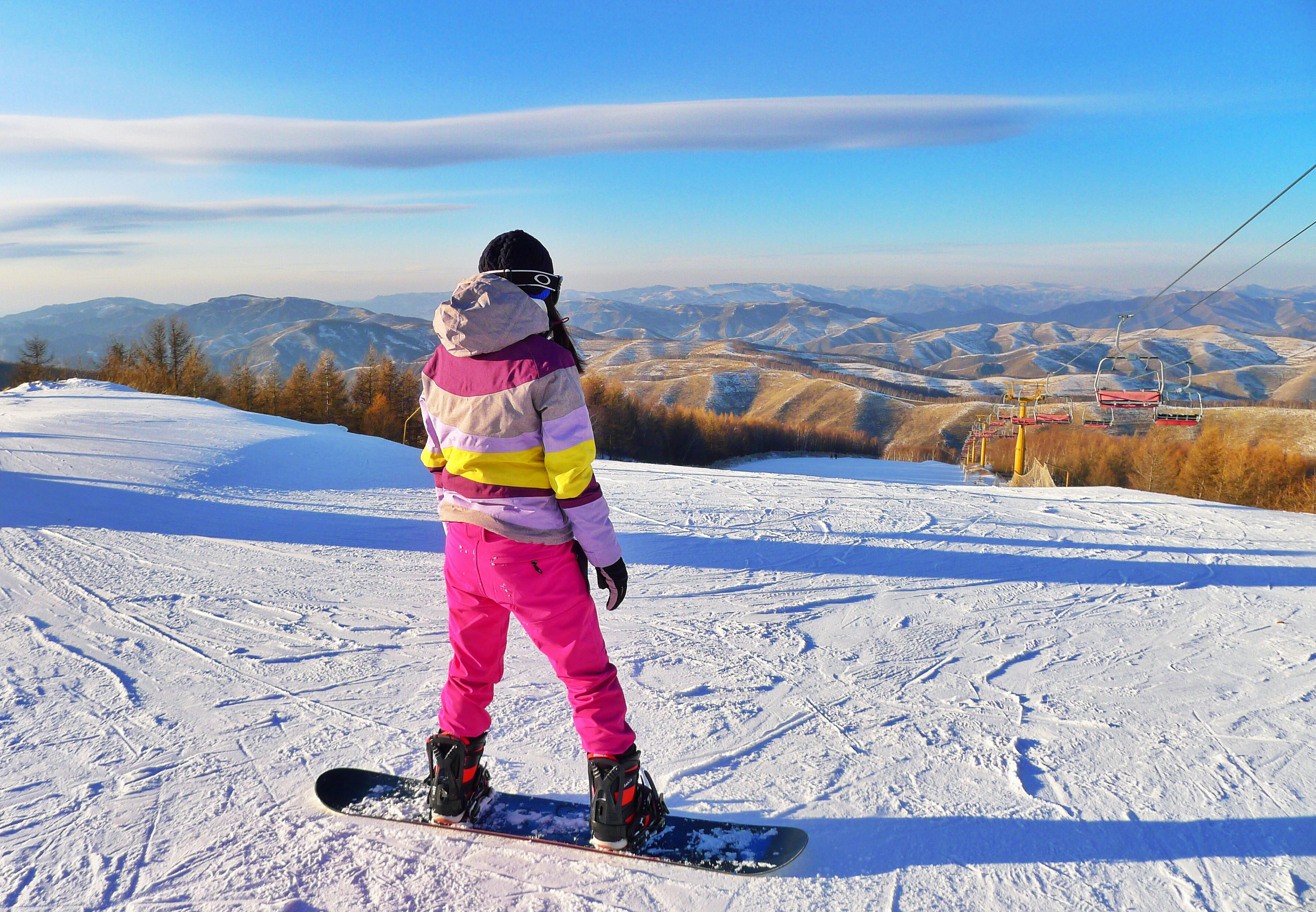In this article, we will discuss the general characteristics that you should consider when buying any type of salsa, Latin, swing or ballroom dance shoe.
CHARACTERISTICS OF GOOD DANCE SHOES
Quality dance shoes are lightweight, comfortable, flexible, made of real suede and / or leather and have additional cushioning built into the sole. They give your foot more freedom of movement than normal shoes while keeping the heel “locked” in place. They have leather / suede soles to give you just the right amount of slip and grip on the dance floor while allowing your foot to rotate freely (to prevent knee damage). In general, any shoe with a leather sole or suede sole is “good” and sneakers with a rubber sole, hiking boots, etc. They are not good”.
FIND THE RIGHT FIT
Your dance shoes should feel like a glove on your foot. You DO NOT want any leeway as they will stretch a bit once you start wearing them. This snug fit allows your foot to connect better to the ground, giving you more control of your movement, balance, turns, and will significantly reduce your fear of slipping and falling. You will wonder why you did not make the investment sooner once you experience the difference.
WHAT STYLE SHOULD YOU BUY?
The type of dance shoe you buy depends largely on the style of dance you do. Gentlemen often wear low-heeled suede or leather shoes for ballroom, swing, or salsa dancing. For Latin Ballroom, the heel tends to be a bit taller measuring up to 1.5 inches.
For women, an open heel or strappy sandal is best for Latin and salsa dancing. This allows for more movement of the toes, which many dancers feel helps maintain balance and create a clean leg line. For Swing and Ballroom, a closed toe dance shoe with a slightly lower heel is common. The wide range of styles can make choosing your first pair of dance shoes overwhelming. Here are some things to consider:
CHOOSE STRAPS FOR YOUR SHOES:
- Traditional ankle strap: This is the standard strap around the ankle that is commonly used for most women’s dress shoes and sandals and provides the least amount of foot safety.
- T-strap: The T-strap connects to the base of the shoe securing your foot more evenly to the shoe while taking some pressure and tension off the ankle.
- X-Strap (around the ankle): This X-strap style anchors you firmly in your shoe by providing twice the coverage of a traditional strap.
- X-Strap (around the arch): Ideal for newer dancers, this strap style anchors your foot to the arch of the shoe, providing an ideal amount of support and stability. If you are prone to “wrapping” your ankle in heels with a traditional ankle strap, you will love the security this cross strap will provide.
- Double X strap: Combining the best of all worlds, the double X strap provides FOUR anchors that secure you like you’re wearing a lace-up look. You will be surprised how safe your foot feels!
HEEL HEIGHT:
Heels can be as low as 0.5 “or as high as 4”. The most common heel sizes are between 2 “-3”. Higher heels give your leg more shape, but just that extra half inch can make a noticeable difference in how you feel when you dance. For beginners, it is recommended to start with a 2.5 “heel height. The higher the heel, the more your weight will be pushed towards the ball of the foot. A lower and thicker heel provides more stability and distributes the weight of the foot. more evenly whole foot.
HEEL THICKNESS:
The thickness of the heels varies. Cuban heels are the lowest and thickest heels and distribute weight over most of the foot, providing more balance and comfort. The slim stiletto heel is very popular with salsa dancers right now. The flared heel, narrow in the center and wider at the bottom, is another popular heel that many dancers still prefer.
FIND THE RIGHT SIZE
Usually your dance shoe size will be the same as your street shoe size. If your foot is narrow, you should go down 1/2 size. If your foot is wider, you should increase 1/2 size of your usual street shoe. Remember, you want them to be tight, but not painful.
HOW TO CARE FOR YOUR DANCE SHOES
To keep shoes clean, shoe polish is great for leather. The satin, mesh and shiny net can be cleaned with soap and water. Suede-soled shoes can wear out quickly if worn on the street. It’s best to wear suede-soled shoes only on dance floor surfaces (like hardwood floors). We suggest changing into dance shoes once you arrive at your dance destination. Most new dance shoes come with a shoe bag for this reason.
Wire shoe brushes can be used to clean suede-soled shoes. The wire not only removes dirt from the bottom, but also lifts lint to keep the suede looking like new again.
